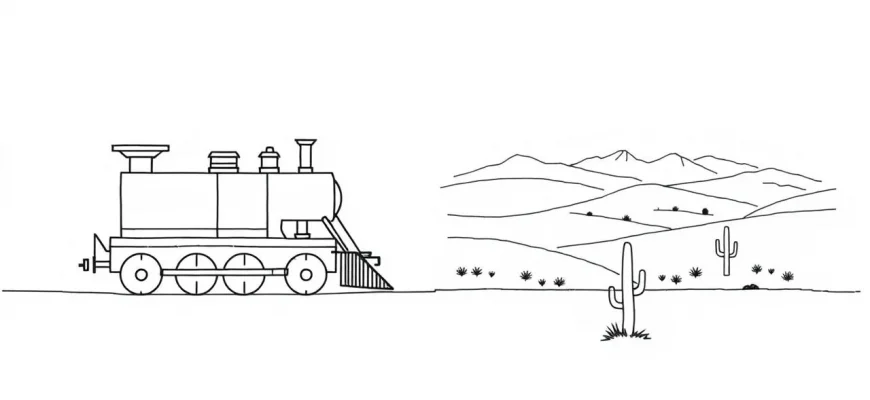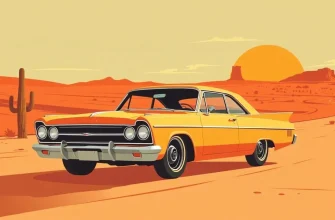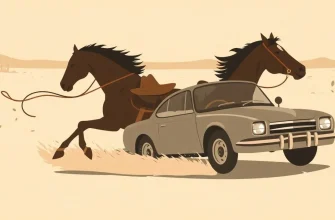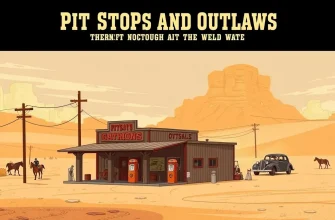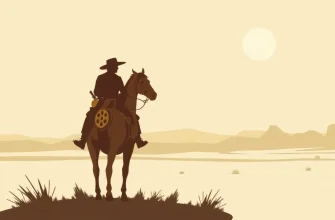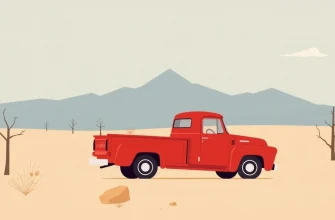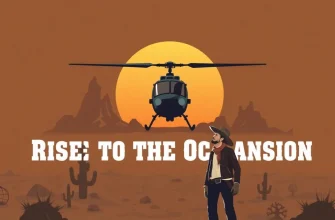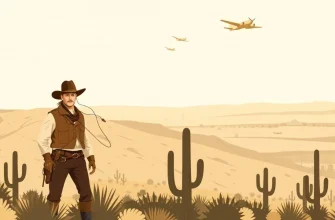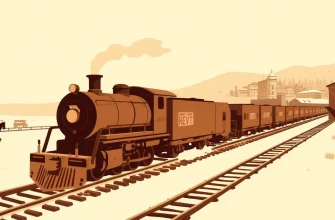The Wild West and the expansion of railroads go hand in hand, symbolizing progress, conflict, and adventure. This curated list of 10 western films focuses on the theme of railroads, showcasing how these iron horses shaped the landscape and narratives of the American frontier. From tales of outlaws, lawmen, and pioneers to the epic struggles over land and resources, these films offer a cinematic journey through time, highlighting the significance of railroads in the development of the West.

The Iron Horse (1924)
Description: A silent epic that dramatizes the construction of the first transcontinental railroad, highlighting the clash between progress and tradition.
Fact: John Ford, the director, used real railroad workers as extras to add authenticity to the film.
 Watch Now
Watch Now 
3:10 to Yuma (1957)
Description: Both versions of this film revolve around a train's departure time, symbolizing the inescapable march of progress.
Fact: The 2007 remake was a critical and commercial success, earning several award nominations.
 Watch Now
Watch Now 
Once Upon a Time in the West (1968)
Description: Sergio Leone's epic features a railroad tycoon's ruthless expansion, symbolizing the end of the frontier era.
Fact: The film was shot in Spain and Italy, not the American West, to capture the vastness of the landscape.
 Watch Now
Watch Now 
The Wild Bunch (1969)
Description: Although not centered on railroads, the film's opening scene features a train robbery, setting the tone for the outlaws' final stand.
Fact: The film was groundbreaking for its graphic violence and portrayal of the end of the Old West.
 Watch Now
Watch Now 
The Ballad of Cable Hogue (1970)
Description: While not directly about railroads, the film features a stagecoach line that competes with the encroaching railroad, symbolizing the end of an era.
Fact: Directed by Sam Peckinpah, it's known for its unique blend of comedy and drama.
 Watch Now
Watch Now 
The Train Robbers (1973)
Description: John Wayne stars in this tale of a group hired to retrieve gold from a train robbery, showcasing the lawlessness of the railroad era.
Fact: The film was shot in Mexico, adding to its authentic western feel.
 Watch Now
Watch Now 
The Assassination of Jesse James by the Coward Robert Ford (2007)
Description: While focusing on Jesse James, the film includes scenes involving trains, reflecting the era's reliance on railroads.
Fact: The film was shot on location in Canada, using real trains for authenticity.
 Watch Now
Watch Now 
The Lone Ranger (2013)
Description: This modern take on the classic character features a significant plot involving a railroad magnate's nefarious plans.
Fact: The film was one of the most expensive ever made, with a budget over $200 million.
 Watch Now
Watch Now 
The Great Train Robbery (1903)
Description: This pioneering film captures the essence of the Wild West with a daring train heist, setting the stage for many westerns to come.
Fact: It was one of the first films to use narrative storytelling and is considered one of the earliest action films.
 30 Days Free
30 Days Free 
Union Pacific (1939)
Description: This film follows the construction of the Union Pacific Railroad, focusing on the challenges and rivalries during its building.
Fact: It was nominated for an Academy Award for Best Art Direction.
 30 Days Free
30 Days Free 
